Should You Wear a Lifting Belt For Deadlift? (PhD Explains)
No fitness gear has seen more discussion or debate than lifting belts. They help you pull heavier deadlifts by stabilizing your spine, core, and lower back. Some people wear them for all their barbell workouts; others consider it a false security. So, do you need a belt to deadlift? Why and why not?
Do you need a belt to deadlift? – All depends upon your experience level and current load. Once you understand the movement’s basics, wearing a belt makes progression easy and safe. However, you should use it for maximal weights (~80% of 1RM) while leaving lighter takes beltless.
Do You Need a Belt to Deadlift?
A belt creates 360-degree support for your midsection. Think of it as a constant reminder to maintain proper form and technique. It optimizes intra-abdominal pressure (IAP) and spinal stability, which enhances deadlifting performance and safety.
Isn’t it the best thing?
You should always try on a belt, right? Not quite!First of all, you should have thorough command over the movement. For example, where liftoffs and sticking points occur or when to inhale and exhale.
It goes for all exercises. Understanding the basics will let you squeeze the most out of your belted training ahead. Even if you’ve cracked the powerlifting code, you must continue practicing and progressing your submaximal deadlifts without aid.
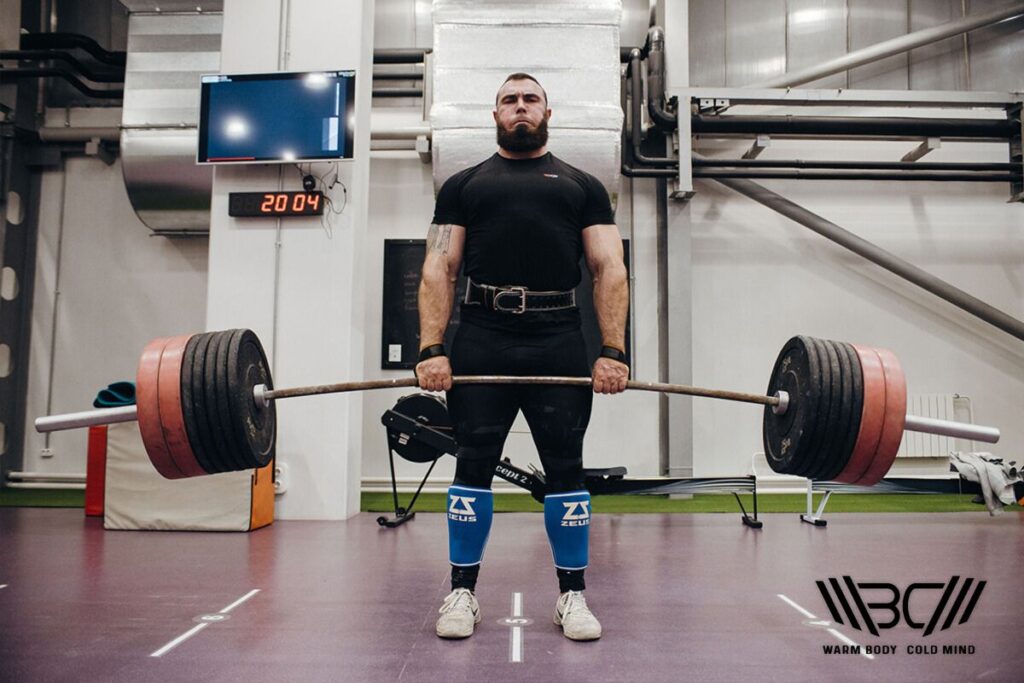
When Should You Start Using a Belt for Deadlifts?
The more important question is, when should you deadlift with a belt? The rule of thumb is to go beltless at submaximal weights (around 80% of your 1RM). You may be wondering exactly at what weight should I use a belt for deadlifts. Well, it depends on individual PRs.
Let’s say you can pull 300 lbs at best. Feel free to strap up for anything above 240. If you can’t reach close to this limit without a belt, it indicates severe shortfalls in your breathing and bracing capacity, something that you must work on! IAP – and, by extension, spinal stability as well as trunk rigidity – is the highest when you wear a belt or hold your breath. We call the latter the ‘Valsalva maneuver.’
When performing high-rep training, the load will obviously be less than your one-rep max. Be it for warm-ups, technique, or hypertrophy – you should be deadlifting without a belt.
Once you’re heading toward maximum effort, summoning external support is recommended. You’ll need more force to break the bar off the floor, which may disrupt your spinal positioning and other technical aspects.
The lower body responds quicker to strength training than the upper portion. We use smaller back muscles (spinal erectors and multifidus) during deadlifts. They may not be as ready for record-smashing lifts as your legs. That’s where belts lend assistance.
However, belts can excessively dial up your blood pressure, potentially becoming an issue for people with compromised cardiovascular systems.
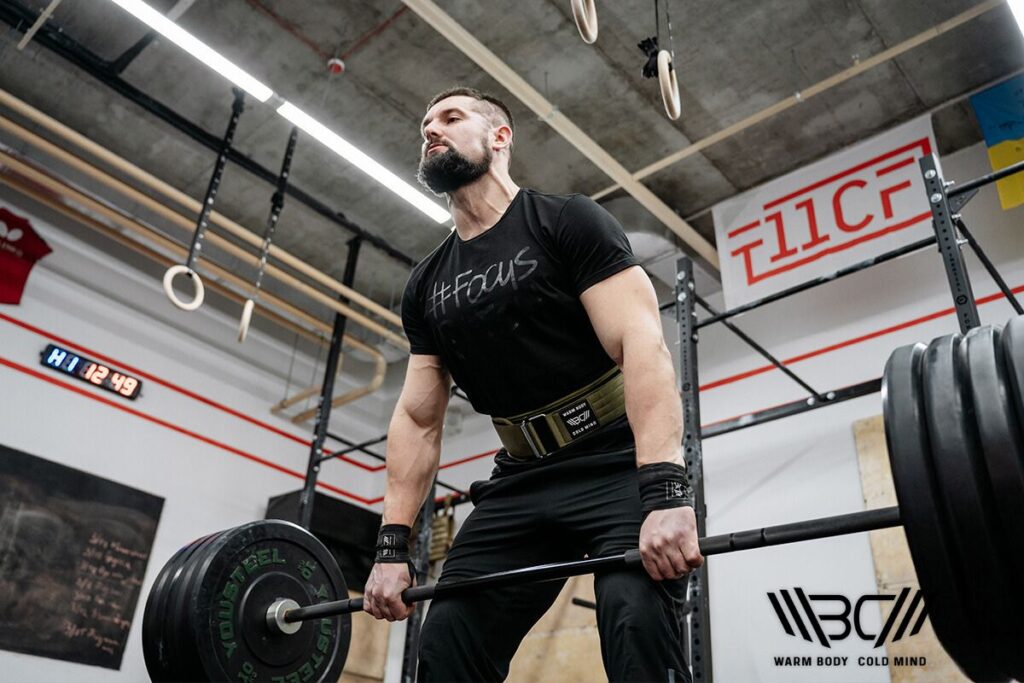
Who Should Wear a Belt for Deadlifts?
Anyone fit and looking to explode their deadlifts to the highest possible load/volume should include a belt in their regimes. Ensure you only use belts for maximal gains, not casual WODs. Also, train with approved models. IPF and USAPL permit up to 4” wide and 13mm thick belts.
The Benefits of Deadlifting With a Belt
All those biggest and baddest lifters aren’t relying on belts for nothing. Using them extends several benefits for your exercise performance and progression.
✅ Safe and Substantial Gains
Keeping a stable and neutral backbone is critical to perform deadlifts safely. A narrative review tells us that the spine can face up to 18 kN force at 75-100% of your 1RM, whereas the injury threshold stays below 10. In other words, you’re putting your back at a greater risk. What does a belt do for deadlifts? It increases lumbar spine stability and trunk stiffness in all directions.
Taking these limitations out means you can instantly lift heavier and longer. At the competitive stage, being able to lift 10% more can shuffle final standings. To put it into perspective, a 175 lb man deadlifting twice his body weight adds as much as 35 lbs. Belts decrease the level of perceived exertion as well. Thus, not only the load, but you can also increase reps because of slower fatigue.

Enhance your strength training with Warm Body Cold Mind leather weightlifting belt providing exceptional support and durability.
✅ Less Stress on the Spine
Out of all deadlift-related injuries, the hips and the lower back are widely affected areas. One common injury is the herniated disc that misplaces intervertebral discs due to heavier presses. We’ve already seen how to take the compression pressure off the lumbar region. Wearing belts reduces spinal shrinkage that would otherwise take place.
Doing so will improve biomechanics as well. Your legs should contribute the most when you’re picking up the bar. Core muscles are there for stabilization. A number of studies suggest that lifting belts spike explosive power. You’ll do more reps with lower effort and duration. The acceleration in speed doesn’t interfere with the joint range of motion or overall lifting technique.
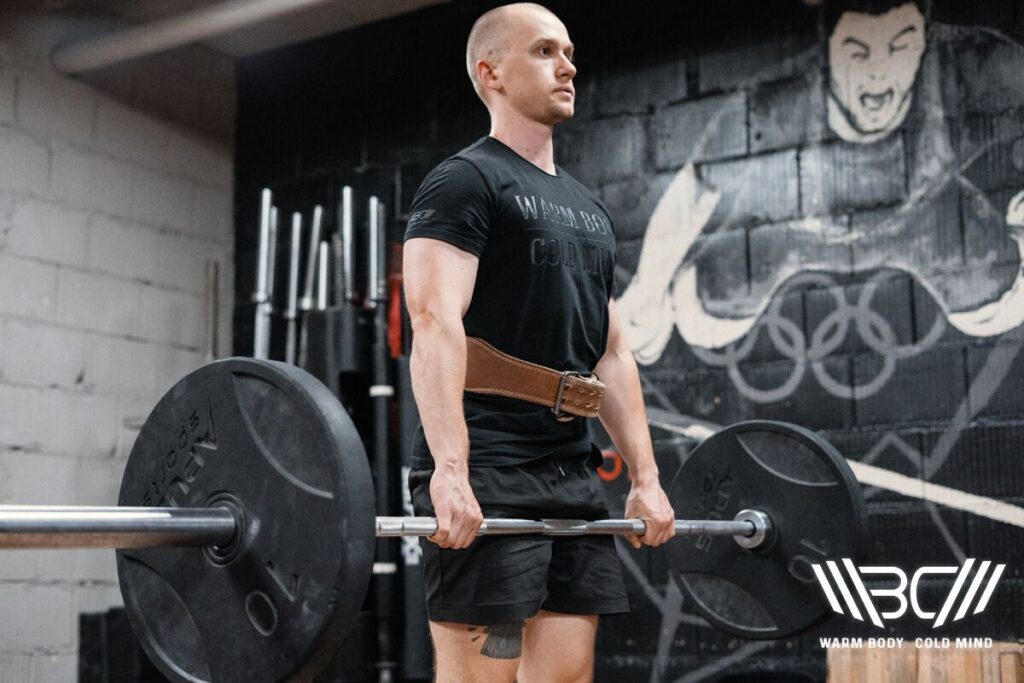
✅ Crushing Plateaus and PRs
Weightlifting plateaus may be physical, mental, or both. The longer you’re stuck on a particular point, the less self-esteem and confidence you can muster. After a while, the only thing holding you back may be the fear of failure. Injury prevention and performance enhancement are two deciding factors in choosing a belt for deadlift or not.
However, there is an underlying motivation theme. When you lock up a belt, you feel the added support rubbing against your abs and bringing back the ultimate confidence plus concentration. That’s why advanced-level athletes keep hitting new PRs. However, beginners should wait for some time before fully depending on belts for progressive overloading.
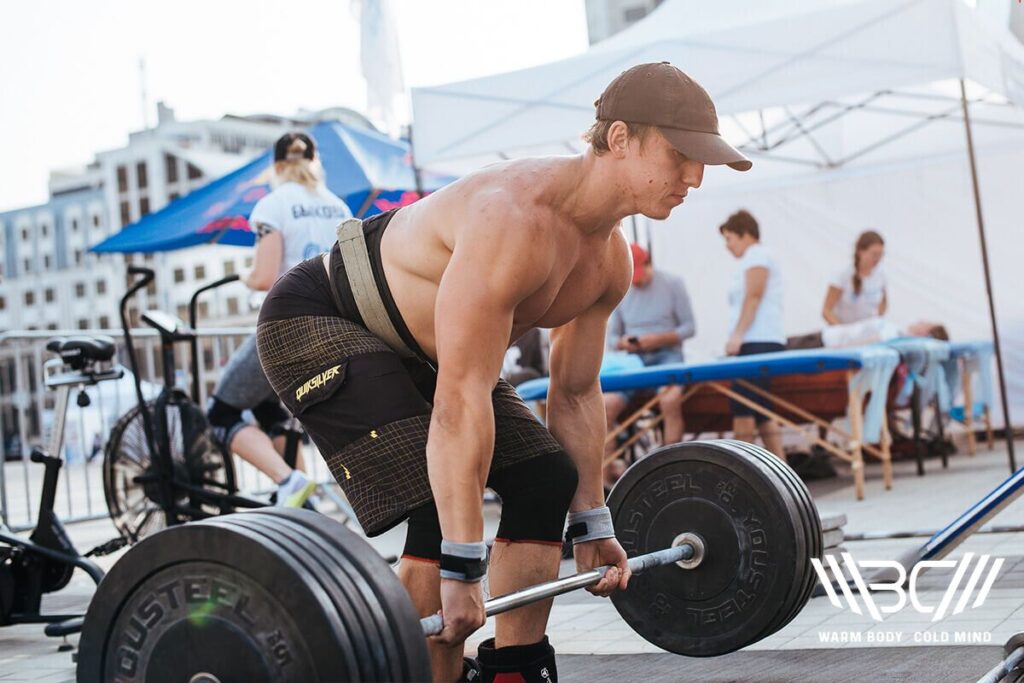
The Benefits of Deadlifting Without a Belt
Did you notice a belt’s advantages are only realized when moving big weights? Giving it a break for your regular deadlifts will also have multiple upsides.
1. Strong Trunk Musculature
You may have heard that belted training begets a weaker core. However, there is no evidence to suggest that back belts weaken trunk muscles in any way. They may affect the rate of development. Deadlifting without a belt forces muscles to contract and generate IAP without any support. Therefore, it’s suggested to keep the bulk of your training beltless. This way, you set yourself up for success in daily life and sports.
2. Better Technique
When the belt is watching out for your form and safety all the time, it’s common to slack off. Remember, the belt is only a reminder to expand your core and stir up pressure. Removing this external cue leaves you with your own technique. You must commit to the basics of breathing and bracing. Simultaneously, you have to tighten your lats and hamstrings before pulling the slack out of the bar.
3. Unrestricted Movement
A major difference you’ll feel when switching from beltless to belted training is the freedom of movement. Without a belt, you can easily wedge deeper into the bar. Although this may improve movement patterns in the bottom phase, the main thing is comfort. Many people struggle to find the optimum position that avoids pinching and digging. Deadlifting without a belt bypasses these problems while reinforcing technique and developing core.
Subscribe!
The latest reviews of must-have home gym training equipment, apparel, and supplements that will enhance your performance and bring you new results.
How Should You Wear Your Belt for Deadlifts?
Deadlifting with a belt on or off has its charm. But is it safe to deadlift without a belt? Yes, up to an extent! When moving to bigger weights, a belt guarantees the safety and effectiveness of lifting exercises. Follow these steps to make your PR-busting escapade a success.
1. The Size
Belts and pants don’t share a mutual size. You should measure your torso at the navel. Add two inches to the final number. And use that for buying a model you like. When looking at the chart, there will be overlapping. Consult the manufacturer whether you should go for a smaller or larger size.
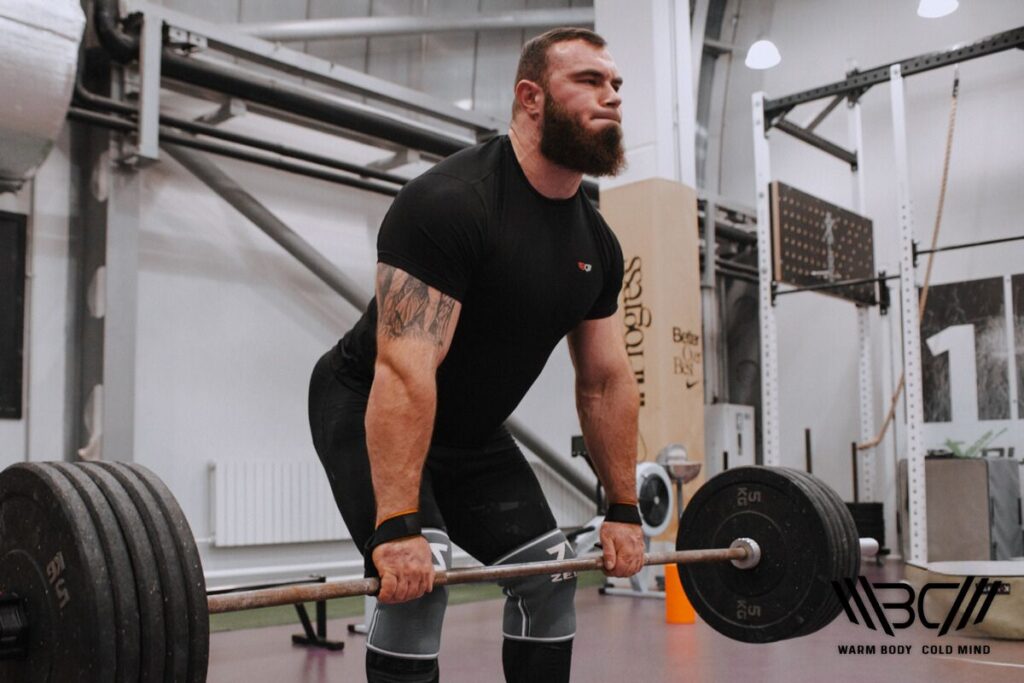
2. The Placement
Once you’ve got the belt, figuring out the ideal position is trial and error. Most wear it between the hipbone and the ribcage. Some find this position awkward when bending or twisting. You can try a little higher to brace the upper back effectively or down to your hips.
3. The Tightness
The scare of ending up with a loose belt is real. However, some people go overboard and suck in their stomachs when sizing. You should keep it tight enough to cover your abs and lower back while allowing a deep breath. Furthermore, preferred tightness varies with each exercise and variation.
WBCM Leather Weightlifting Belt – The Deadlifting Belt We Recommend
The WBCM Leather Weightlifting Belt is a first-rate choice for beginners to buffs. It comes with an IPF-approved 4″ width and 10mm thickness. Crafted from 100% heavy-duty, matte-black leather – it packs a stainless steel double-prong buckle for a secure and versatile lockdown. There are six sizes in total (28”-52”), suitable for athletes of all sizes and fitness levels.
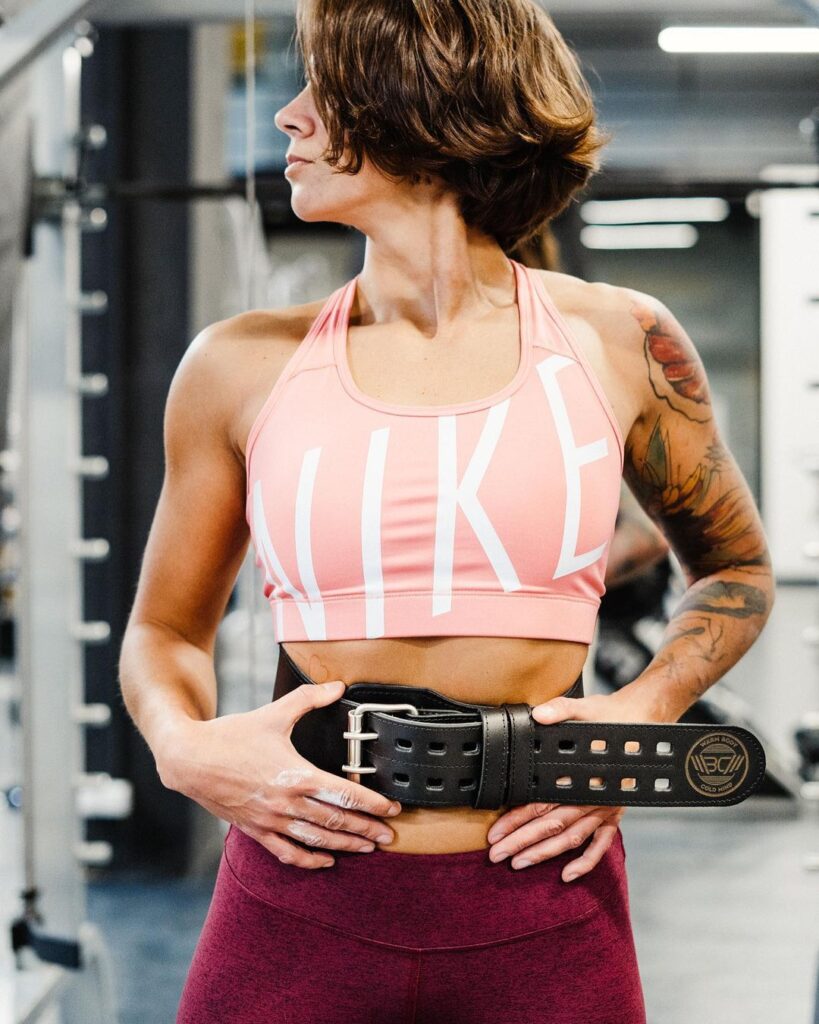
FAQ
How Much Should You Deadlift Without a Belt?
It’s generally advised to keep your submaximal deadlifts (up to 80% of your 1RM) beltless. It reinforces the strength and bracing capacity of core muscles, which help you with everyday tasks as well as belted training.
How Much Does a Belt Add to Deadlifts?
The exact poundage varies for each individual. Generally, a belt adds anywhere between 10-15% to your deads and squats. You should progress from 90% of your 1RM to notice significant differences. However, being able to lift too heavy with a belt also points towards flaws in your technique.
Will Wearing a Belt for Deadlifts Stop My Back From Rounding?
A belt is responsible for maintaining tension in your core and lower back. It can’t stop your upper back from rounding when deadlifting. Although elite lifters do that on purpose, it can be dangerous. Casual gym-goers should resist the rounding of the back and engage their lats throughout. But simply putting on a belt will rarely help.
Will Your Back Be Stronger if You Deadlift Without a Belt?
Yes, relying solely on your muscles to generate IAP and spinal stability strengthens the back. For example, this study recording trunk activity chose beltless deadlifts at 80% of 1RM.
Conclusion
Do you need a belt to deadlift or not? That is the question. Let’s summarize what we’ve learned so far. Deadlifting without a belt is necessary to reinforce proper technique and core strength. However, we also know spinal compression forces can get too high at maximal weights. That’s where a belt brings safety, progress, and motivation.
What do you prefer, belted vs beltless training? We’ll wait for your opinion and queries in the comment section.
References:
- E A Harman et al., “Effects of a belt on intra-abdominal pressure during weight lifting,” Med Sci Sports Exerc. 1989 Apr;21(2):186-90
- McGuigan, Michael R.M.; Wilson, Barry D., “Biomechanical Analysis of the Deadlift,” Journal of Strength and Conditioning Research 10(4):p 250-255, November 1996
- S M McGill et al., “The effect of an abdominal belt on trunk muscle activity and intra-abdominal pressure during squat lifts,” Ergonomics. 1990 Feb;33(2):147-60
- Daniel A Hackett et al., “The Valsalva maneuver: its effect on intra-abdominal pressure and safety issues during resistance exercise,” J Strength Cond Res. 2013 Aug;27(8):2338-45
- Roger Jung et al., “Muscle strength gains per week are higher in the lower-body than the upper-body in resistance training experienced healthy young women—A systematic review with meta-analysis,” PLoS One. 2023; 18(4): e0284216
- Hunter, Gary R et al., “The Effects of a Weight Training Belt on Blood Pressure During Exercise,” Journal of Strength and Conditioning Research 3(1):p 13-18, February 1989
- Vanessa Johan Ramirez et al., “Low Back Biomechanics during Repetitive Deadlifts: A Narrative Review,” IISE Trans Occup Ergon Hum Factors. 2022 Jan-Mar; 10(1): 34–46
- J. Cholewicki et al., “Lumbar spine stability can be augmented with an abdominal belt and/or increased intra-abdominal pressure,” Eur Spine J. 1999 Oct; 8(5): 388–395
- Shirley S.M. Fong et al., “The influence of weightlifting belts and wrist straps on deadlift kinematics, time to complete a deadlift and rating of perceived exertion in male recreational weightlifters,” Medicine (Baltimore). 2022 Feb 18; 101(7)
- Victor Bengtsson et al., “Narrative review of injuries in powerlifting with special reference to their association to the squat, bench press and deadlift,” BMJ Open Sport Exerc Med. 2018; 4(1): e000382
- N D Bourne and T Reilly, “Effect of a weightlifting belt on spinal shrinkage,” Br J Sports Med. 1991 Dec; 25(4): 209–212
- Steven B Finnie et al., “Weight lifting belt use patterns among a population of health club members,” J Strength Cond Res. 2003 Aug;17(3):498-502
- Fatemeh Azadinia et al., “Can lumbosacral orthoses cause trunk muscle weakness? A systematic review of literature,” The Spine Journal. VOLUME 17, ISSUE 4, P589-602
- J E Lander et al., “The effectiveness of weight-belts during the squat exercise,” Med Sci Sports Exerc. 1990 Feb;22(1):117-26
- Nicolle Hamlyn et al., “Trunk muscle activation during dynamic weight-training exercises and isometric instability activities,” J Strength Cond Res. 2007 Nov;21(4):1108-12
Author: Sergii Putsov
PhD in Sport Science, Olympic weightlifting, Strength & Conditioning coach and fitness expert
Sergii Putsov is a professional weightlifter with over 20 years of experience and multiple national medals. He was a member of the National weightlifting team, competing in the 94 kg weight class. Sergii holds a master’s degree in Olympic & Professional Sport Training and a Ph.D. in Sport Science. After his athletic career, Sergii transitioned into coaching and is now responsible for designing training programs, writing blog articles, providing live commentary for international weightlifting competitions, and hosting sport and fitness seminars worldwide.

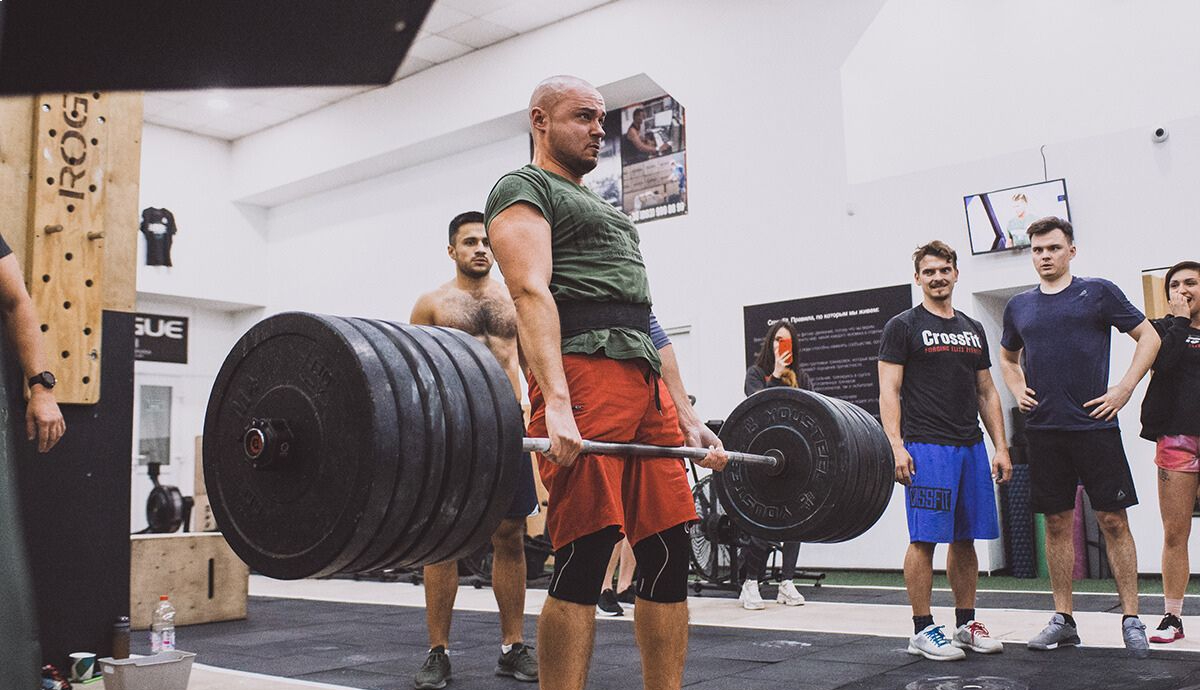
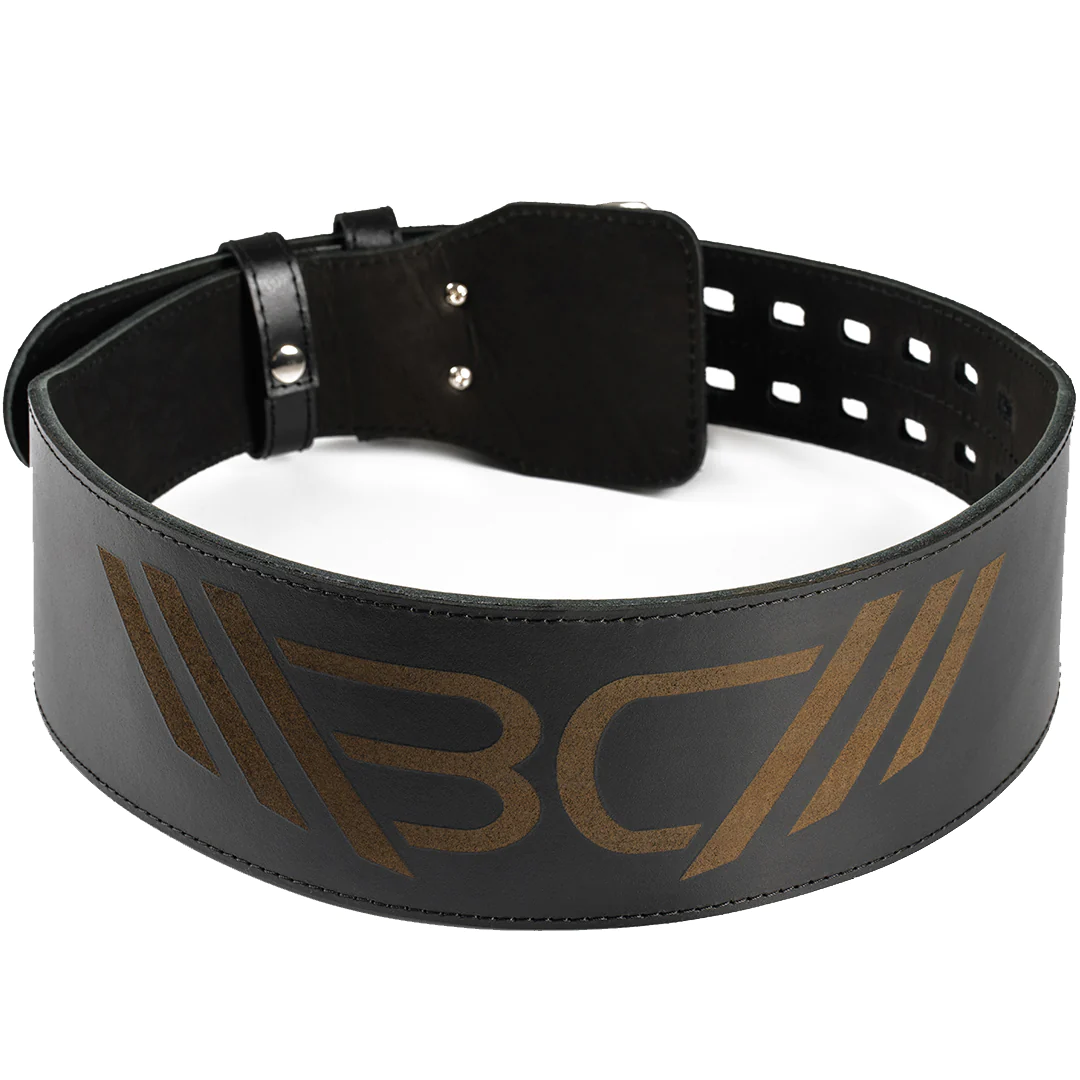
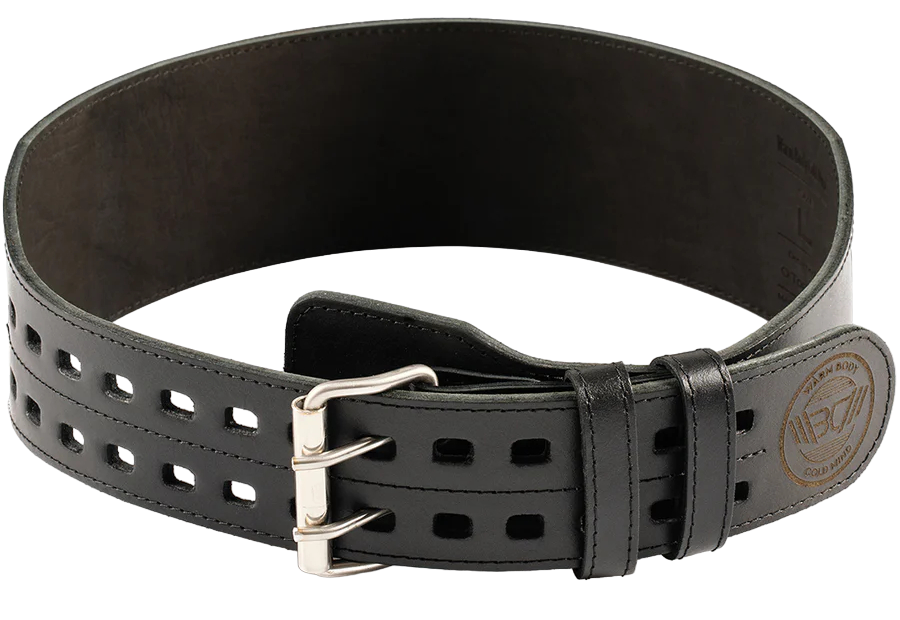

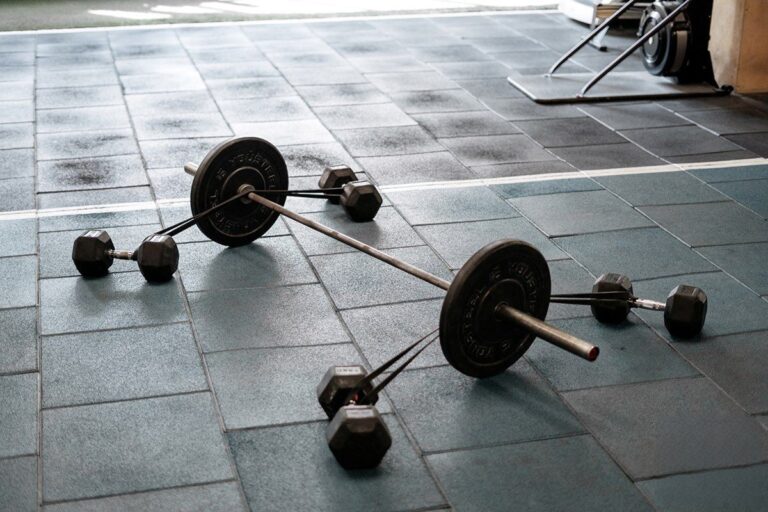
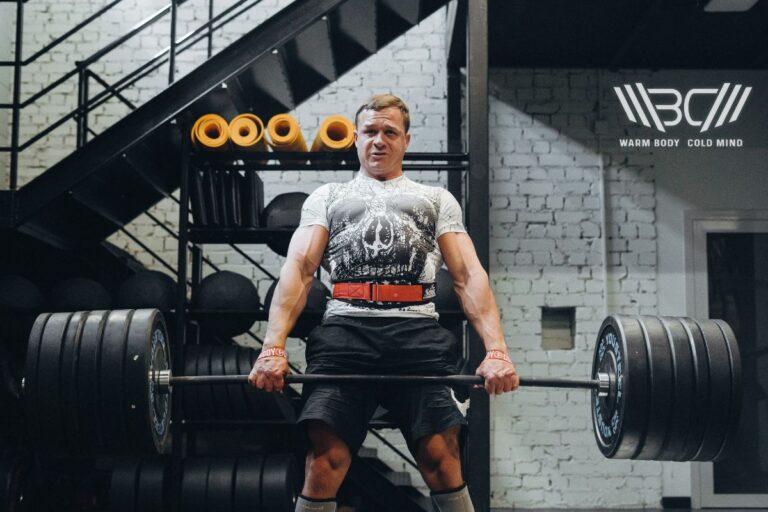
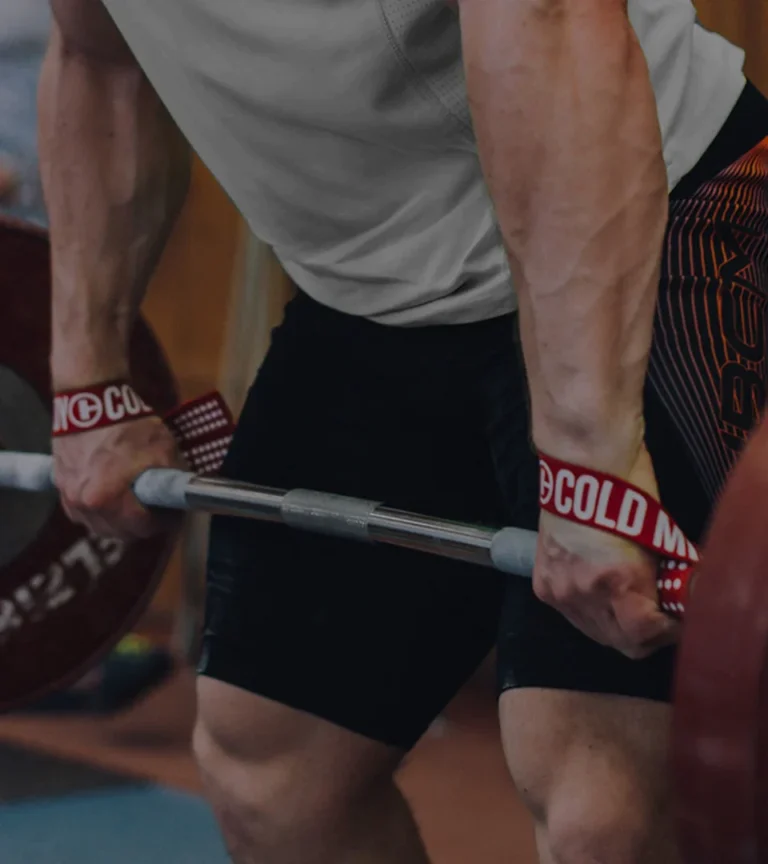
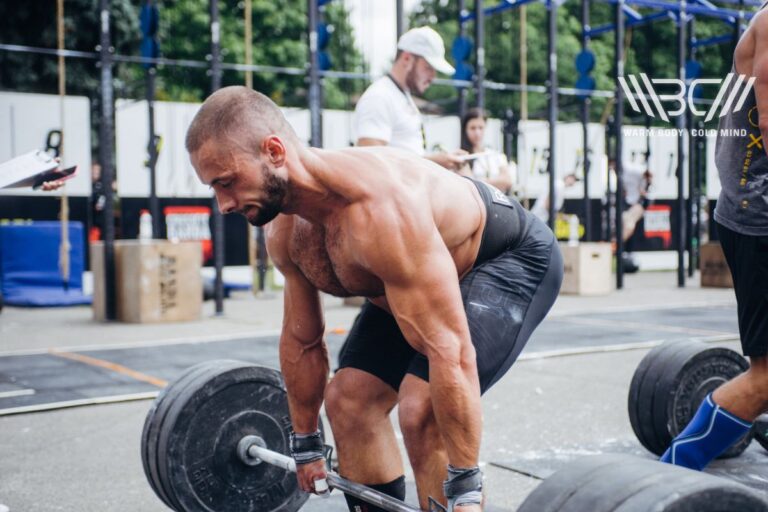
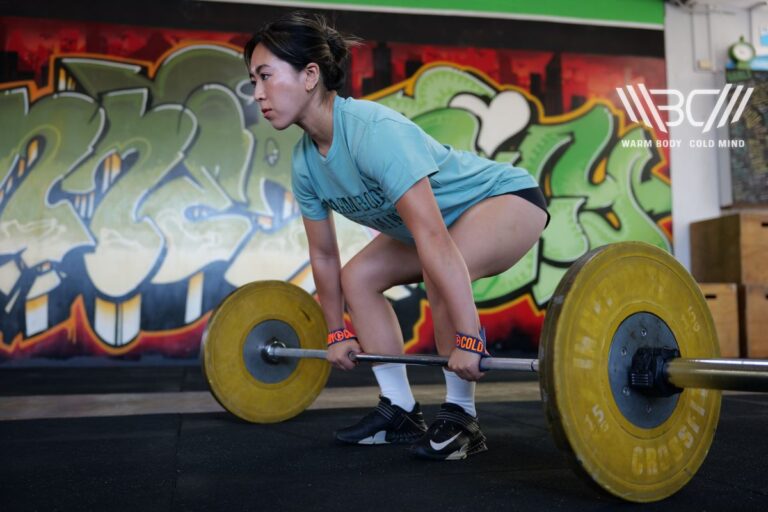
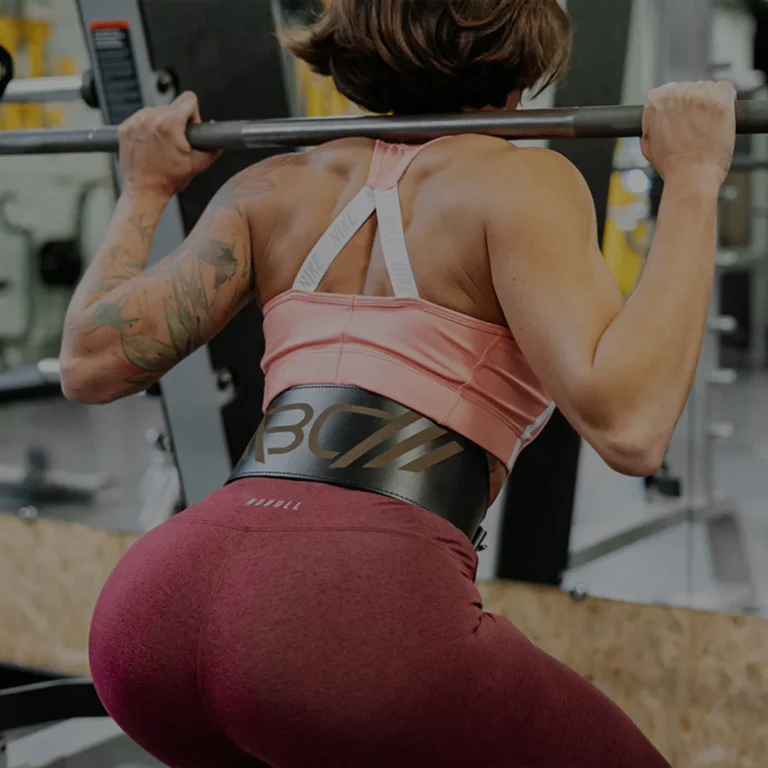
Everything is described in great detail. Thanks for the knowledge, I learned something new for myself.